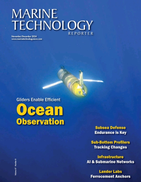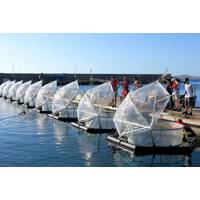
Increasing Alkalinity Could Counter CO2 Acidity
, directly to the seawater.So far, little is known about the effects of this method on marine life, but a study by the GEOMAR Helmholtz Centre for Ocean Research Kiel has now assessed the impacts of a moderate alkalinity application, showing that the effects on zooplankton are likely minimal and that the food web could remain stable.The ocean naturally absorbs a quarter to a third of man-made CO2 emissions, but this process also leads to the acidification of seawater. By increasing the alkalinity of seawater through the addition of certain minerals (e.g., carbonates and silicates), the ocean can chemically
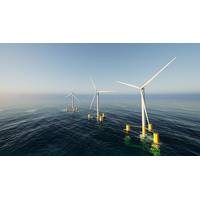
Study to Explore Impact of Floating Offshore Wind Farms on Ocean Life
the Celtic Sea, identified by the UK Government as a prime location for accelerating offshore wind infrastructure.AUVs will be used to investigate key ecosystem drivers, from physical ocean features such as fronts to biological hotspots like plankton blooms and foraging fish at the bottom of the ocean food web.Leveraging NERC’s Autosub Long Range 1500 will be used due to its ability to operate in strong tidal flows for weeks at a time.Professor Stephen Votier, expert in Seabird Ecology at the Lyell Centre, Heriot-Watt’s Global Research Institute for Earth and Marine Sciences, is leading the
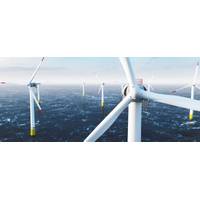
Using Ocean Robots to Dive into Offshore Wind Farm Wake Effects
layers which are important to how the marine food chain functions.“During spring and summer months in much of the waters around of the UK, warm water overlies cold water, and this vertical layering determines the growth of phytoplankton, tiny plants which form the very basis of the oceanic food web.“Changes in the vertical mixing of the water impacts what nutrients and light the phytoplankton have access to. If they’re impacted, it will impact the entire food chain.”Endurance underwater observation platformsThe gliders, which are typically 1.5-2m long, and the specialist
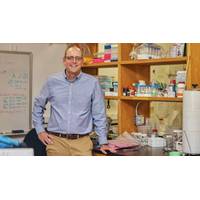
WHOI’s Benjamin Van Mooy Awarded 'Genius Grant'
health and influencing climate dynamics. His studies on planktonic lipid dynamics reveal how these tiny organisms contribute to essential processes such as nitrogen, phosphorus, and carbon cycling in marine environments. This research is pivotal in understanding how shifts in marine ecosystems affect food webs, carbon sequestration, and broader climate regulation.One notable finding from Van Mooy’s early work involved phytoplankton in the phosphorus-scarce Sargasso Sea. He discovered that these organisms adapt by substituting phosphorus-containing lipids in their cell membranes with sulfur-containing
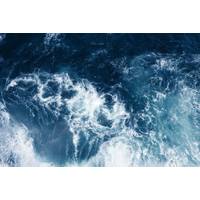
Oceans Have Seasons Too – And Climate Change Could be Messing with Them
Britain’s seas are rich in wildlife, but many of its species can only be seen with a microscope. These are the plankton – tiny algae and animals found throughout the ocean that are the foundation of the entire marine food web.As UK seas warm and cool with the seasons, the composition and abundance of these plankton communities naturally change. Like plants and animals on land, marine plankton undergo annual cycles that are dictated by seasonal patterns of light, temperature, and settled or unsettled weather. But unlike seasonal patterns on land, the ways plankton shift with the seasons
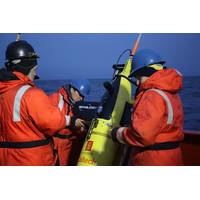
Scientists Find Rare Window Where Carbon Sinks Quickly Into the Deep Ocean
Looking out across the Southern Ocean near Antarctica, I can see whales and seabirds diving in and out of the water as they feed on sea life in the lower levels of the food web. At the base of this food web are tiny phytoplankton – algae that grow at the ocean surface, taking up carbon from the atmosphere through photosynthesis, just as plants on land do.Because of their small size, phytoplankton are at the mercy of the ocean’s swirling motions. They are also so abundant that the green swirls are often visible from space.Typically, phytoplankton remain near the surface of the ocean. Some

Modeling Shows How Nuclear War Would Devastate the World’s Oceans
India and Pakistan, 27 to 47 billion tons of soot would be ejected into the upper atmosphere, and the resulting cooling would severely compromise shipping through northern Europe.Worse, the sudden drop in light and ocean temperatures would decimate marine algae, which are the foundation of the marine food web, creating a years-long ocean famine. While the whole ocean would be affected, the worst effects would be concentrated at higher latitudes, including all of Europe and especially in the Baltic states, where ocean light is already in short supply.The waters in the Arctic and North Atlantic would bear
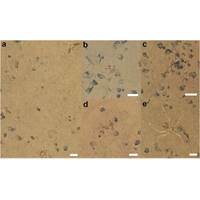
Massive Fall of Deep-sea Dead Red Crabs ... What Does it Mean?
swarm ended up in the depths of the Pacific Ocean. This unexpected discovery will change the way scientists view how carbon is transferred from the atmosphere to the deep-ocean floor.A critical part of the Earth’s carbon cycle occurs in the ocean, where carbon recycling occurs through the marine food web. This discovery suggests that these mass crab falls supply a very large quantity of food to the area - an amount of carbon far greater than was expected for the whole year. Before the study, there was no knowledge that these crabs could fall to such depths and provide food to the region, as well
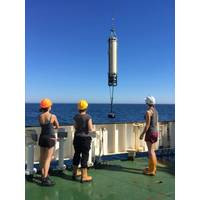
NOC-led Study Paves the Way for Future Climate Models
aim to inform us about how the world will respond to climate change caused by increasing carbon dioxide in the atmosphere. A critical part of the Earth’s carbon cycle occurs in the ocean, where microscopic plants take up CO2 from the atmosphere and recycling of the carbon occurs through the marine foodweb. This ‘biological carbon pump’ contributes to keeping atmospheric CO2 levels about 50% lower than they would be if it didn’t exist, highlighting the importance to understand more about this area.The paper finds that model predictions of how the pump will respond to climate change
 December 2024
December 2024


